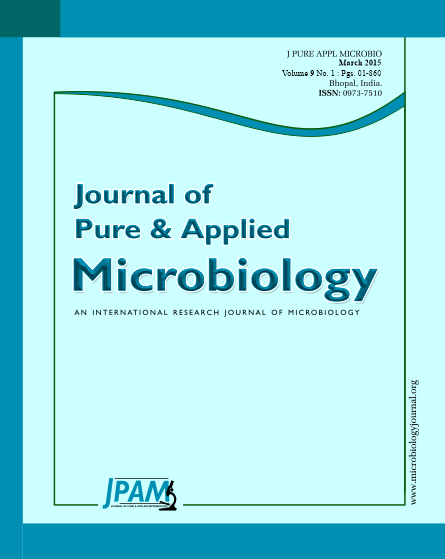Various research had been conducted to seek novel bioactive compounds from marine environment which are applicable toimprove health care. Treatments for Pseudomonas aeruginosa and Bacillus cereus biofilm has been one of the focus due to its effect in causing severe and persistence infection. Aside from abundance of antibiofilm screening, there have not yet novel antibiofilm discovered. Therefore, this research was conducted to explore potential antibiofilm compounds produced by bacteria originated from Indonesian coast. Bacteria were isolated from 22 coasts sediment samples from different coasts area across Indonesia. Crude extract from isolate were used for antibiofilm activity assay against P.aeruginosa and B.cereus. There were 45 isolates with antibiofilm properties in the crude extract. The three isolates with higher antibiofilm activity, specifically isolate A1.4, F1.10, and F4.5, were identified. Isolate A1.4, identified as Psychobacter, have both exopolysaccharide and nucleic acid as bioactive compounds in inhibition of B.cereus biofilm formation. Isolate F1.10 and F4.5 produced protein as bioactive compounds in crude extract which inhibit biofilm formation of P.aeruginosa and were identified as Bacillus and Pseudomonas respectively. Screening of potential bioactive compounds from crude extracts of bacteria isolated from Indonesian coasts showed promising antibiofilm activity against P.aeruginosa and B.cereus.
Coast sediment, Antibiofilm, Bioactive compounds, Pseudomonas aeruginosa, Bacillus cereus
© The Author(s) 2015. Open Access. This article is distributed under the terms of the Creative Commons Attribution 4.0 International License which permits unrestricted use, sharing, distribution, and reproduction in any medium, provided you give appropriate credit to the original author(s) and the source, provide a link to the Creative Commons license, and indicate if changes were made.


